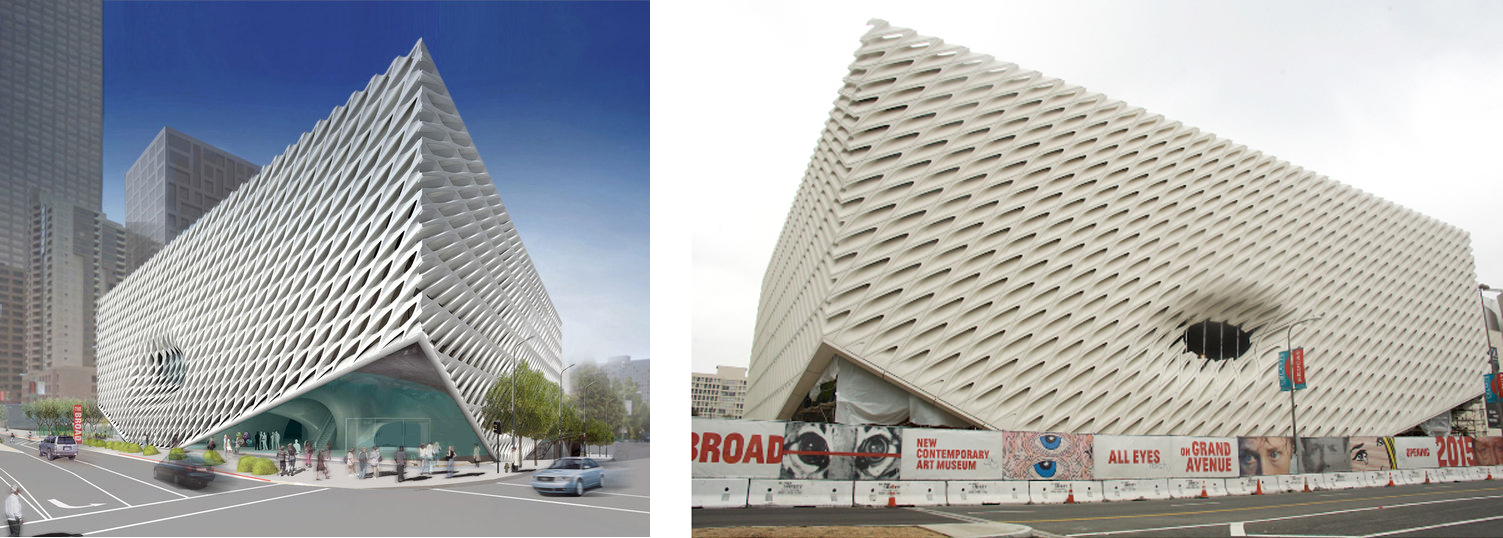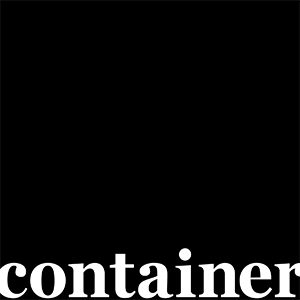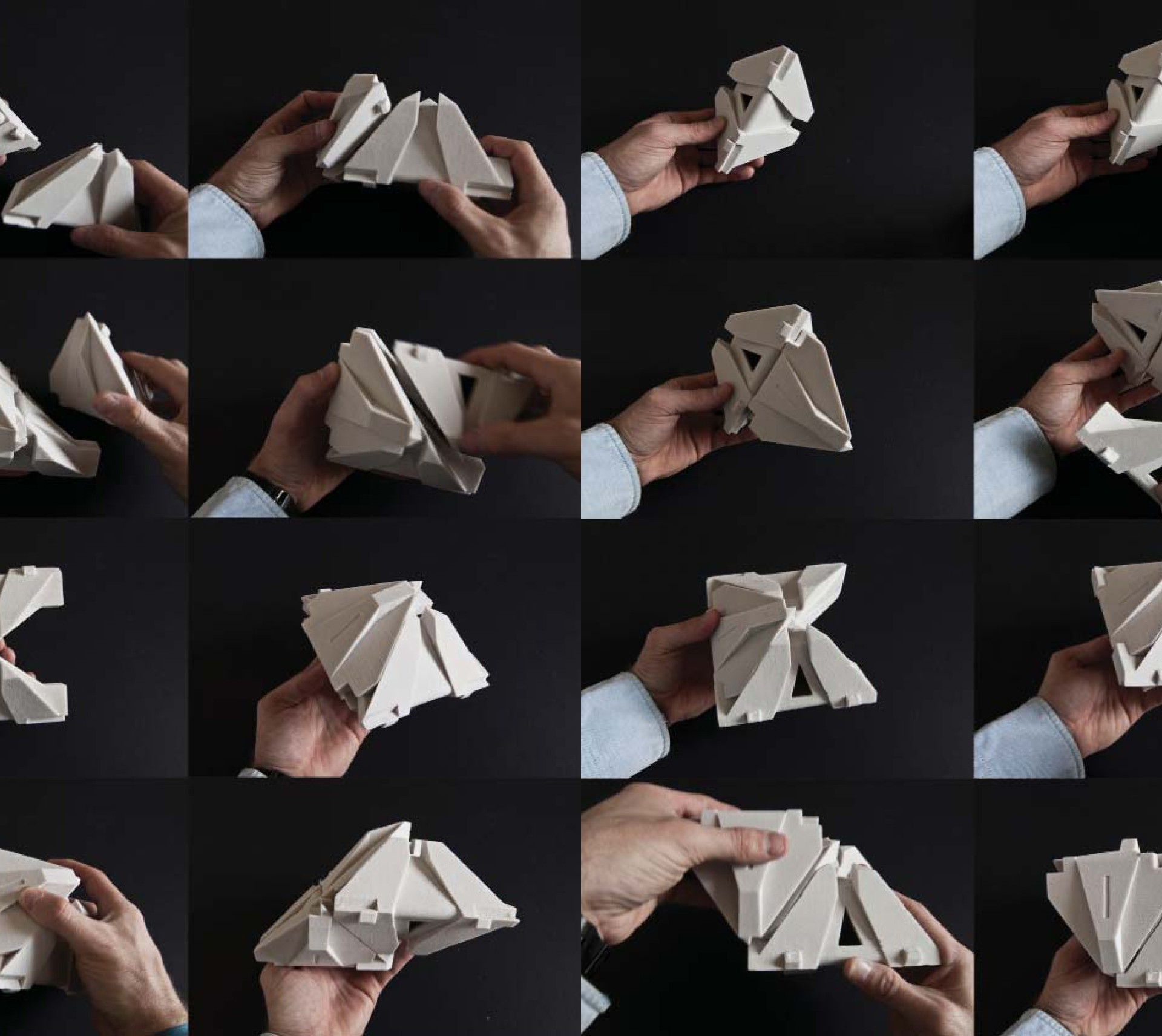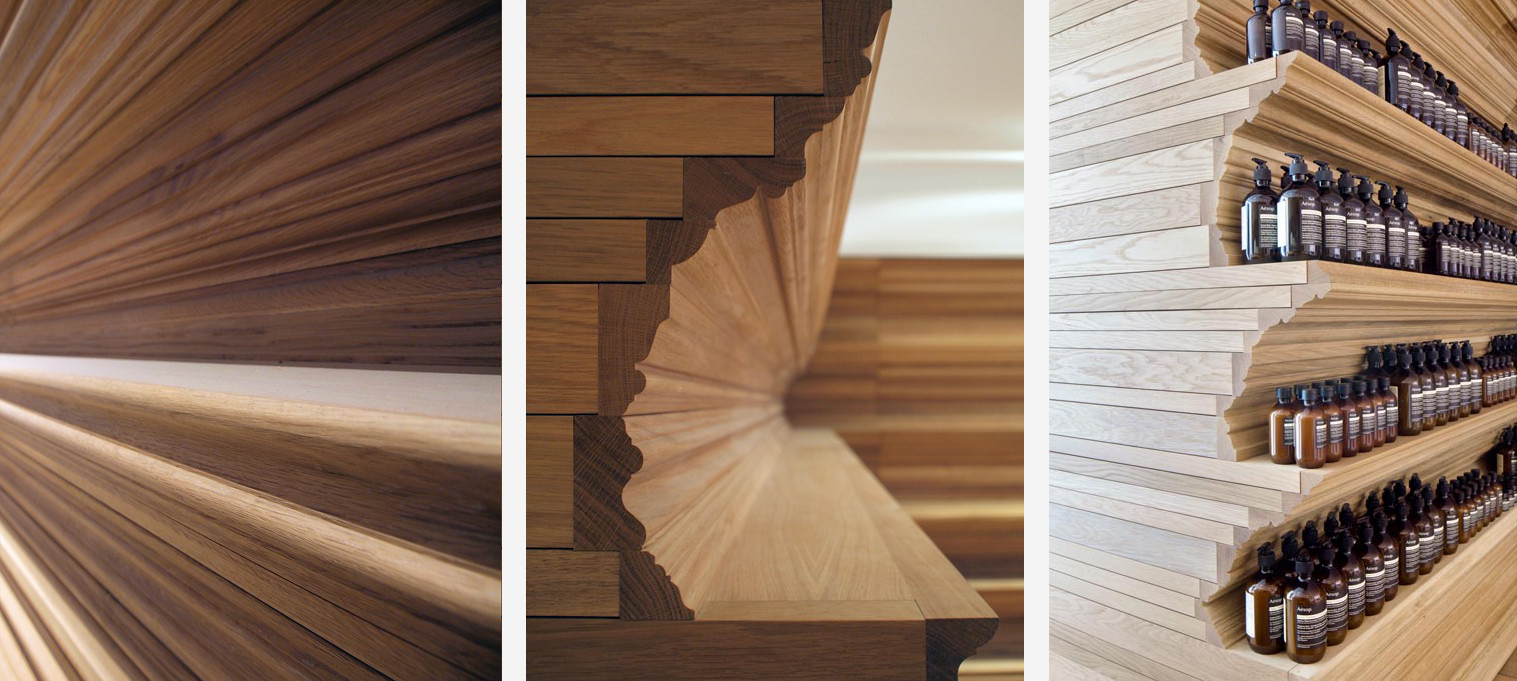T
he scope of architects’ responsibilities is drifting toward a state of ambiguity, while a coherent generational style remains undefined (branding, design-build? sustainability? parametrics?). Despite expanding boundaries, one component of contemporary design has become indisputable — the influence of the computer. Beginning with the development of early CAD technology in the 1960s, computer influence on architecture has advanced to a state of near-necessity. The forms, fabrication, and construction of the modern material world would indeed be inconceivable without software input. Within this machine dependence lies an inherent problem addressed by the sociologist Richard Sennett in his book The Craftsman. He writes, “The smart machine can separate human mental understanding from repetitive, instructive, hands-on learning. When this occurs, conceptual human powers suffer.” 1 However, as he presents his research throughout the book, Sennett articulates a theory defining the latent role craft plays in the digital age, and it is through this lens that I will consider the relationship between modern craftsmanship and computer technology.
Craft is defined primarily as an occupation or trade requiring manual dexterity or artistic
skill, but also describes an ability to plan, make, or execute. As we have moved from the analogue to a predominantly digital platform, it is relevant to consider these two explanations on their own merit. I would posit that the term “craft” has undergone a shift in identity, from an association with manual dexterity towards “planning” and “making.” For Sennett, creation by and finesse with the hands informs and improves the mind. He cites examples ranging from Linux programmers to masons, but it is the former that proves most compelling when considering craftsmanship in contemporary architecture. A carpenter honing his abilities through hours of practice demonstrates occupation-oriented craft, or a specialized skill-set centered on the hand-mind relationship. But skill, as Sennett explains, is the repetition of an action enabling self-criticism.2 The Linux technicians who donate their time to improve an open source network have refined an ability to command operations through repetition. Furthermore, they have resolved to improve upon a free system through group participation. Emphasis is placed on achieving quality, rather than profits, “the craftsman’s primordial mark of identity.” 3

The Broad Museum, designed by Diller, Scofidio+Renfro, shown as a rendering and in its realized form. Has scripted generation, in this example, lived up to its expectations of an “innovative veil”?
Delving back through the history of architecture, consider the disparity in construction of two homes built during the 1920’s, the first in Prague, the second in Vienna. One was designed by Adolf Loos, the other by philosopher Ludwig Wittgenstein. Wittgenstein attempted to erect a “perfect building” based on the precedents of all former and all possible buildings.4 Loos, meanwhile, built the Villa Muller on his ethos of new objectivity, or maintaining honesty in a structure that shows clearly the intention and actual construction in its form.5 The result of Wittgenstein’s approach was a building that lacked “primordial life”, he self-critiqued; his attempt at perfection foiled by the mere undertaking of such a monumental task. Loos’ sense of honesty—in site, context, and program—produced a building more complete in its architecture and more sympathetic to its inhabitant.
This example provides an interesting segue into the digitally derived manifestations of contemporary architecture, specifically those employing scripts. Sennett rails against the common misuse of machinery when it deprives humans from learning through the repetitive process. It is a relevant critique with consideration to parametric programs like Grasshopper. Though the knowledge to wield this potent software is rigorous, the actual output can at times generate evocative but dishonest forms. Utilizing the technology as a means for developing details or patterns, for example, is valuable, but if used as a means for wholesale generation of conceptual or massing strategies it is irresponsible. It strips architects of the quality held most sacred to the profession: an intimate understanding of the product being constructed. Sennett writes,
“Modern computer programs can indeed learn from their experience in an expanding fashion. The problem…is that people may let the machines do this learning, the person serving as a passive witness to and consumer of expanding competence, not participating in it.” 6
Material knowledge has also been affected by advances in computer technology. There is at once a nuanced experimentation that provides opportunity for material development and application, this being a positive, albeit recent resultant. However, computers have the ability to separate the craftsman from the detail. The quality of design from Carlos Scarpa, for example, who relied on the knowledge of local tradesmen to develop a more complete architecture, is lost when the head and the hand diverge. The danger with digital dependence is the tendency toward a lack of material specificity while the rapid advance of CAD/BIM software, like Revit, may have pulled architectural representation ever farther from its resultant.
This is not to say, however, that the digital age has demolished the frameworks of the field of architecture. Quite the contrary. The above examples highlight the negative potentials of computerization, but when operated in capable hands, digital means provide a tool to aid not only in the conceptualization of complex form, but also in fabrication processes that enable realization. Therein lies the nature of craft itself: that of planning, making, and executing. On the effects of computational architecture, Alan Penn, Dean of the Barlett-UCL, writes,
“it brings the potential to put the designer once again in direct control of the craft of material shaping and construction, something unseen since the medieval craftsman masterbuilder gave way to the divisions of labour that characterize the modern industry.” 7
Material manipulation by use of digital instruments coupled with an intimate understanding of the tools with which to investigate operational possibilities is the embodiment of the modern architectural craftsman, and, arguably, the craftsman at large. Where at points throughout the last century craft was ostracized in favor of manufactured, off-the-shelf components (outliers notwithstanding), technology has allowed it to be reincorporated into contemporary architecture through an increased understanding of new machinery coupled with new software. This marriage provides the platform from which architects can relocate themselves within the design and construction industries, back at the heart of the process. 8
From projects exhibited at a peer-reviewed conference held at the Bartlett School of Architecture in 2011 titled FABRICATE, I have selected several projects that exemplify a dedication to craft in computational design, each emblematic of a point from my argument above. From academia to professional practice, these examples highlight the prowess of technology when deployed under the pretense of a craftsman’s approach.
The first comes from the Institute for Computational Design at Stuttgart University. As a temporary structure, Research Pavilion ICD/ITKE is “based on an understanding of form, material, and structure not as separate elements, but rather as complex interrelations embedded in and explored though integral processes of computational design.” 9 Exploiting an unforeseen moment discovered during the process of material testing, the designers exploited the limitations of their industrial robotic fabricator, and maximized the physical behavior and material characteristics of 6.5mm-thin birch plywood strips in the computational generation of form, in this case basing the entire structure on the elastic bending capacity of plywood, alternating compressive and tensioned moments along the length of the robotically manufactured individual strips.
There is a celebration in this project both of the command over tools with which to create structure, and the conceptualization of material deformation. Craftsmanship, in this case, lies in avoiding perfection during the design phase, where, as Sennett writes in his description of the Villa Muller, the designer allows the tool to display its intention.10 The ICD’s computational fluency allowed the tools to dictate output, but their comprehension (albeit, partially through computer 3-D scanning technology) and exploitation of their material discovery distanced them from the CAD-reliant examples Sennett cites in his book.
The second example derives from a conversation held between the architect Mathias Kohler and the structural engineer Hanif Kara, wherein the singularity – or combining of design disciplines into a single entity – was considered. Put more simply, can the magnitude and breadth of computer technology skip certain trades entirely, to the point of extinction? Mouldings, for instance, that once required hand skill but can now be accomplished through CADCAM routing. According to Kohler, digital fabrication has provided designers with the means to personally interface with the manufacturing of their architecture. Prior to this relationship, construction existed on a 2-D, conceptual level, where the drawn detail is merely a suggestion that must be interpreted by a subcontractor, reproduced through shop drawings, and executed by a builder. With digital fabrication, the drill bit and a sheet material become the means to provide a finalized product. “This explicit connection between design and making leads to the renegotiation of the different roles of the participants, both in the design and planning process of architecture, as well as the building and construction process,” explains Kohler.11 Pressed on whether the rapid advance of architects’ “explicit knowledge” indeed signals the demise of the consultant, he momentarily backpedals.
“I don’t believe that the architect should be overruling the experts, the contractors or the craftsmen working with the material on a day-to-day basis. I believe in new modes of collaboration.” 12 He asserts that increasing amounts of information will originate from the architect, and that this information will be transcribed directly to a machine that will in turn produce design.
Based in the essential logic presented in the aforementioned projects, MIT professor Skylar Tibbits is proposing a wholly new form of next generational thinking. Logic Matter, as he calls it, is a paradigm shift in the assembly process of our built environment, where the individual material parts required to construct a complex structure are embedded with blueprints to self-guide the successful construction of said form. Conceived with the knowledge that the translation of design from hand to screen to fabricator to material to machine is imbued with flaws, Tibbits is interested in a self-assemblage that resembles the natural processes of our bodies. He describes Logic Matter as a compositional series of
“physical building blocks that demonstrate digital logic and computation by passively connecting brick-to-brick (i.e. no electronics, only geometry performs the computation). These building blocks can encode assembly information and guide the user in successfully and quickly building any complex structure.” 13
Logic Matter’s ambition extend beyond mere craft. It defines innovation. It strives to think beyond what is available to the architect in current practice and invents a means to revolutionize the industry.
To conclude, it can be logically deduced that the architect will be forced to initiate the type of technological departure Tibbits has conceived in order to realize the scope of their conceptual work. Though this has been the case in previous generations, contemporary demand for revolutionary technology is far outpacing the industry. This evolution must advance in unison with a material catalogue.
Craft, therefore, must remain in the collective architectural conscious. To be computationally innovative requires knowledge of and willingness to adapt to the stresses and language that each medium dictates. As Sennett wrote in The Craftsman, “computer-assisted design might serve as an emblem of a large challenge faced by modern society: how to think like craftsmen in making good use of technology.” 14 A challenge? Yes, but more so an opportunity to facilitate the composure of a new architecture.
ALEX STEWART
NOTES
1 : Sennett, p. 29
2 : Sennett, p. 37
3 : Sennett, p.25
4 : Sennett, p. 255
5 : Sennett, p. 255
6 : Sennett, p. 41
7 : Glynn, p. 15
8 : Glynn, p. 21
9 : Glynn, p. 22
10 : Glynn, p. 24
11 : Glynn, p.117
12 : Glynn, p. 117
13 : Glynn, p. 51
BIBLIOGRAPHY
Glynn, Ruairi and Sheil, Bob. Fabricate: Making Digital Architecture. Autodesk, Riverside Press. 2011.
Sennett, Richard. The Craftsman. Yale University Press. New Haven and London. 2008.
PLATES
Fig. 1: Photograph by Gary Leonard. Diller, Scofidio + Renfro, The Broad Museum. From: http://archinect.com/news/gallery/117439302/0/is-the-broad-museum-s-newly-unveiled-facade-living-up-to-its-renderings (accessed February 23, 2015).
Fig. 2: Diller, Scofidio + Renfro, The Broad Museum. From: http://www.thebroad.org/building/renderings (accessed February 23, 2015).
Fig. 3, 4, & 5: Institute for Computational Design, Institute of Building Structures and Structural Design, ICD/ITKE Pavilion. From: http://www.oliverdavidkrieg.com/?page_id=123
(accessed February 23, 2015).
Fig. 6 & 7: William O’Brian, Jr. Routed mouldings for Aesop Newbury Street. From: http://aarome.org/news/features/william-o-brien-jr-pursues-a-refreshed-criticality-toward-contemporary-architectural-form (accessed February 23, 2015).
Fig. 8: William O’Brian, Jr. Routed mouldings for Aesop Newbury Street. From: http://www.dezeen.com/2012/11/12/aesop-boston-by-william-obrien-jr/ (accessed February 23, 2015).
Fig. 9: Logic Matter, Self-Assembly Lab. From: http://www.selfassemblylab.net/img/MIT_LOGICMATTER/Programming_the_Units_2_cropped_small.jpg (accessed February 23, 2015).



